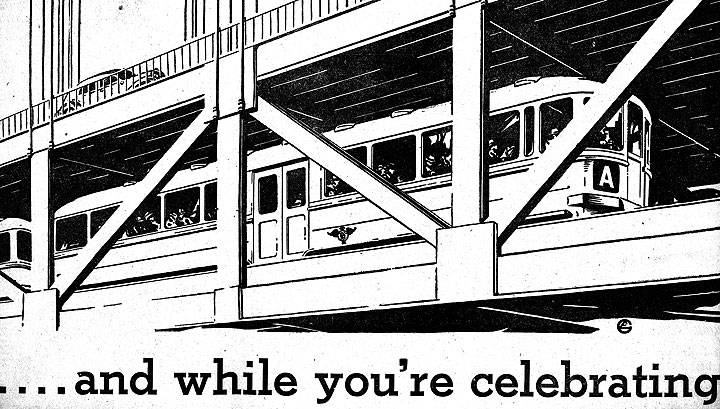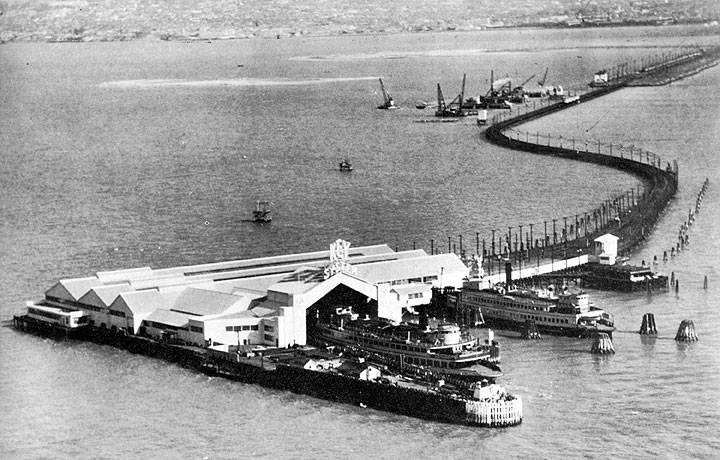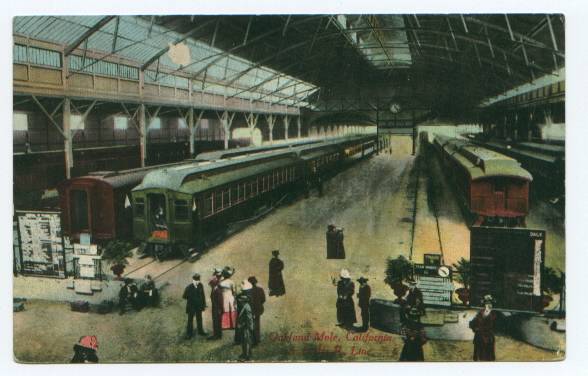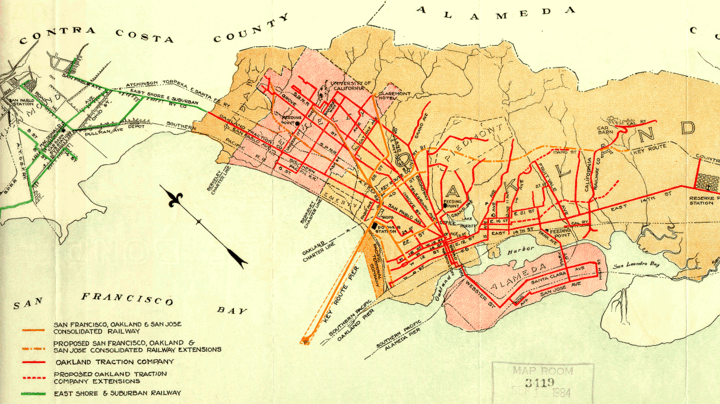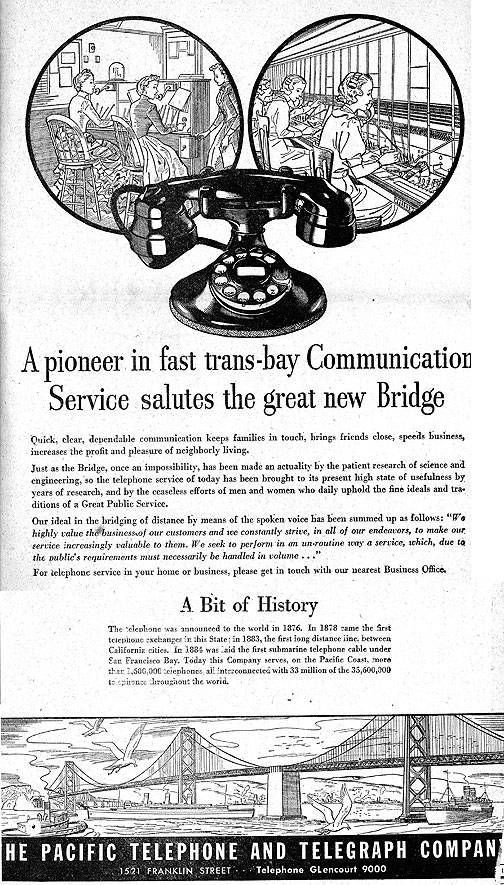Key System and March of Progress: Difference between revisions
No edit summary |
(added category 1950s) |
||
| Line 49: | Line 49: | ||
[[TRANSIT INTRODUCTION|Prev. Document]] [[A VISIT TO THE BAY AREA IN 1835|Next Document]] | [[TRANSIT INTRODUCTION|Prev. Document]] [[A VISIT TO THE BAY AREA IN 1835|Next Document]] | ||
[[category:transit]] [[category:1930s]] [[category:1940s]] [[category:East Bay]] | [[category:transit]] [[category:1930s]] [[category:1940s]] [[category:East Bay]] [[category:1950s]] | ||
Revision as of 15:36, 27 May 2013
Unfinished History
A Key System train on the Bay Bridge, depicted in the opening celebratory newspaper.
<iframe src="http://archive.org/embed/6358_HM_Key_System_ca_1959_01_15_49_00" width="640" height="480" frameborder="0" webkitallowfullscreen="true" mozallowfullscreen="true" allowfullscreen></iframe>
Home movies of VS trains on Key System viaduct around Transbay Terminal area; F train along right-of-way in East Bay; Scenes of Bay Area Electric Railroad Association Special (older yellow car) on East Bay streets; North Berkeley tunnel (Shattuck-Solano); downtown Berkeley
Video: Prelinger Archive
Before the Bay Bridge the Key System trains ended on the "mole" at the end of the landfill spit where they discharged their passengers who then boarded ferries to cross the Bay to San Francisco.
The Oakland Mole ferry slip in the early 1900s.
Photo: Bancroft Library, 1905.17146-17161
The Oakland Mole in early 20th century, end point for Key System trains until the completion of the Bay Bridge allowed them to roll all the way to the Transbay Terminal.
Photo: Shaping San Francisco
Key System map, early 20th century
<embed src="http://www.archive.org/flow/flowplayer.commercial-3.2.1.swf" type="application/x-shockwave-flash" width="640" height="506" allowfullscreen="true" allowscriptaccess="always" cachebusting="true" bgcolor="#000000" quality="high" flashvars="config={'key':'#$aa4baff94a9bdcafce8','playlist':['format=Thumbnail?.jpg',{'autoPlay':false,'url':'MarchofP1945_512kb.mp4'}],'clip':{'autoPlay':true,'baseUrl':'http://www.archive.org/download/MarchofP1945/','scaling':'fit','provider':'h264streaming'},'canvas':{'backgroundColor':'#000000','backgroundGradient':'none'},'plugins':{'controls':{'playlist':false,'fullscreen':true,'height':26,'backgroundColor':'#000000','autoHide':{'fullscreenOnly':true}},'h264streaming':{'url':'http://www.archive.org/flow/flowplayer.pseudostreaming-3.2.1.swf'}},'contextMenu':[{},'-','Flowplayer v3.2.1']}"> </embed>
The March of Progress: Tour of the modern interurban trolley system of San Francisco's East Bay and over the San Francisco-Oakland Bay Bridge. Predicts the bright postwar future of streetcar transit, with visionary images of advanced-design railcars. The Key System transbay service was abandoned in 1961.
Video: Prelinger Archive
An advertisement from the Pacific Telephone & Telegraph Company welcoming the new, modern Bay Bridge.

